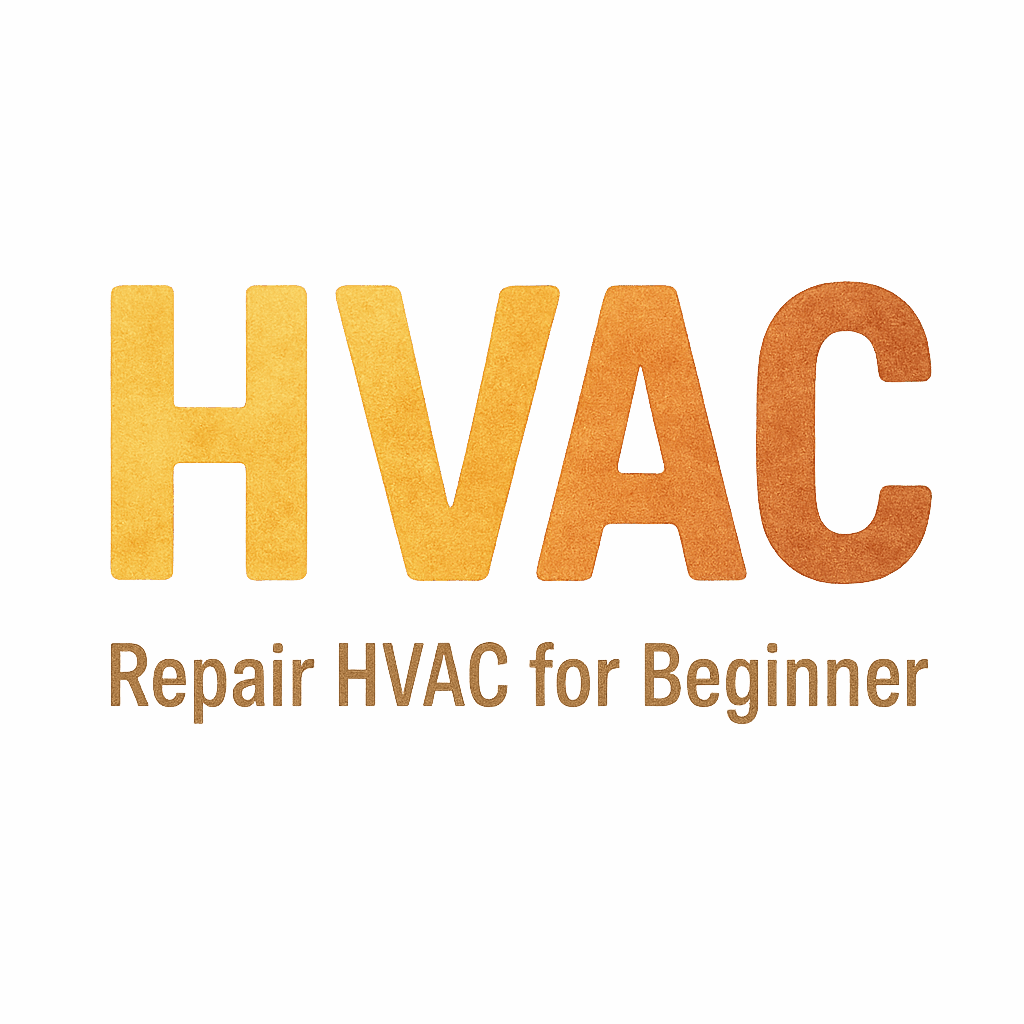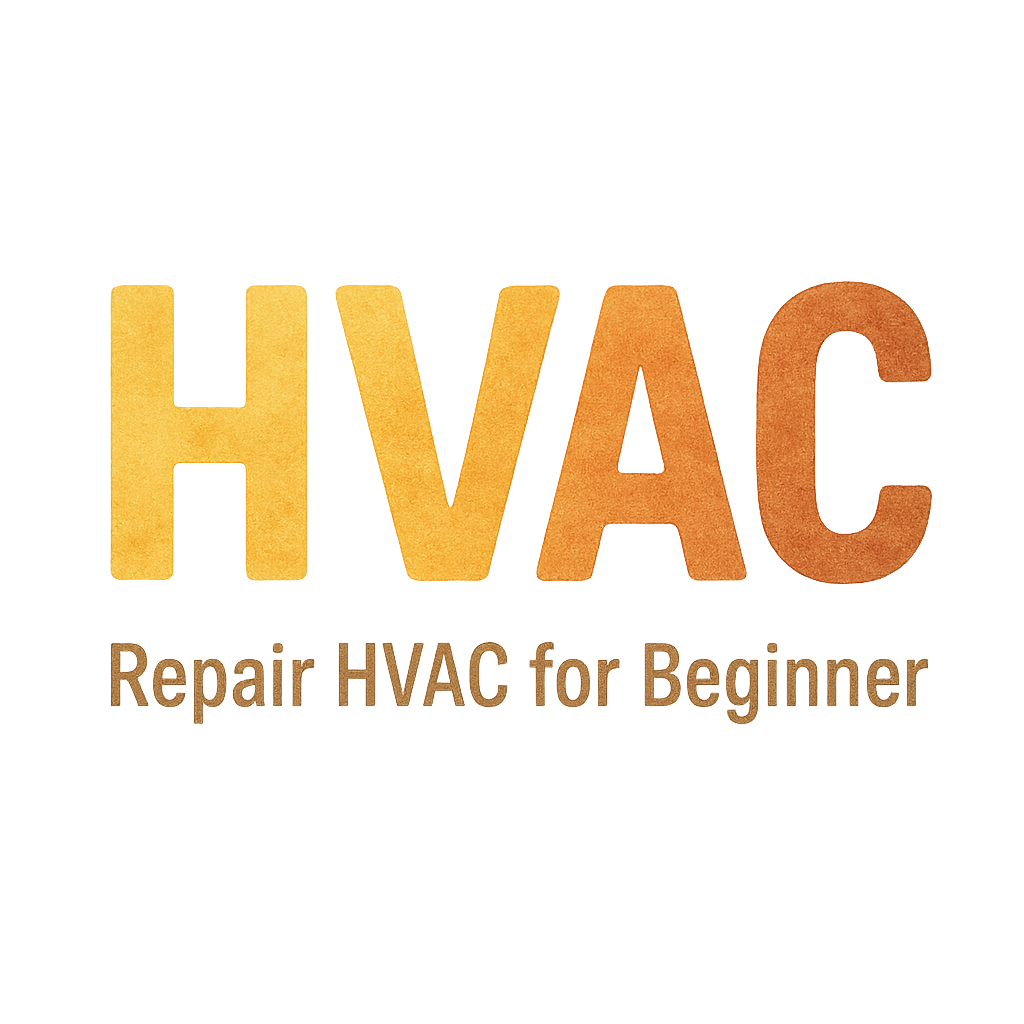Introduction
Living in a humid climate can be both a blessing and a challenge. While the lush greenery and tropical environment are appealing, the excessive moisture in the air can cause significant issues for your HVAC system. In humid conditions, your HVAC system is more susceptible to wear and tear, mold growth, and inefficiencies. Maintaining your system is crucial not only for comfort but also for saving money on repairs and reducing energy consumption. In this guide, we’ll explore 7 best practices to maintain HVAC in humid climates to ensure your system remains efficient and functional year-round.

Why HVAC Maintenance Is Crucial in Humid Climates
In humid climates, maintaining your HVAC system is essential for a few key reasons. High humidity can cause:
- Corrosion of components like coils and fans.
- Mold growth inside the ducts, which can degrade indoor air quality.
- Increased workload, making the system less efficient and driving up energy costs.
By prioritizing maintenance, you can prevent these issues and ensure your HVAC system runs smoothly, even in the most humid environments. For more tips on improving system longevity, check out our guide on HVAC basics for beginners.
The Impact of Humidity on HVAC Systems
Humidity isn’t just an uncomfortable feeling on a hot day—it has real consequences for your HVAC system’s functionality. Here’s how:
Moisture and Corrosion
The excess moisture in humid air can lead to corrosion of metal components, such as the evaporator and condenser coils. Corroded components degrade system performance and lead to costly repairs. Regular cleaning and inspections can prevent corrosion and ensure the longevity of your HVAC unit.
Mold Growth in Ducts
When humidity levels are high, mold can quickly develop in your HVAC system’s ducts. This isn’t just an aesthetic problem—it can also affect the health of your household. Mold spores can spread through the air, causing respiratory issues. To prevent this, we recommend regular maintenance and cleaning to keep your ducts and system in top condition.
1. Regular Inspection and Cleaning
Regular inspections and cleaning are your first line of defense against humidity-related issues. Here’s what you should check during each inspection:
Check for Debris in the Outdoor Unit
The outdoor unit is exposed to the elements and can accumulate debris such as leaves, branches, and dirt. This can block airflow and cause the system to overheat. Regularly check the unit and remove any debris to maintain optimal airflow. For more details on outdoor unit care, visit our troubleshooting and repair guide.
Clean the Coils and Condensate Drain
In humid climates, the evaporator coils and condensate drain are particularly vulnerable to moisture buildup. If these components aren’t cleaned regularly, they can lead to water damage, mold growth, and inefficient cooling. Be sure to clean both the coils and the condensate drain to prevent these issues. Learn more in our HVAC maintenance checklist.
2. Dehumidification Settings
A critical step in maintaining HVAC efficiency in humid climates is managing indoor humidity. Luckily, most modern HVAC systems come equipped with settings to help you control this.
Using Humidistats
Humidistats are devices that measure and control the humidity level inside your home. These can be paired with your thermostat to automate humidity regulation. By keeping your indoor humidity between 30-50%, you ensure a more comfortable environment and prevent mold growth. Check out our HVAC system diagnosis guide for more details on settings.
Importance of the Right Humidity Range
Maintaining the right indoor humidity level is essential for both comfort and system health. A humid environment strains the HVAC system, making it work harder and increasing energy consumption. Regularly monitor and adjust your system’s humidity levels to stay within the recommended range.
3. Regular Filter Replacement
In humid climates, filters clog up faster due to the increased moisture and dust in the air. Regular filter replacement ensures proper airflow and optimal system performance.
How Dirty Filters Affect HVAC Performance
A clogged filter restricts airflow, forcing the system to work harder and potentially causing damage. It can also trap moisture, creating an environment where mold can thrive. Replacing your filters every 1-3 months will not only improve system efficiency but also reduce the risk of mold and poor air quality. For more on filter maintenance, refer to our beginner HVAC maintenance tips.
4. Ensure Proper Insulation
Insulation isn’t just about keeping your home warm in winter—it’s also about preventing the accumulation of moisture in your HVAC system’s ducts.
Preventing Condensation in Ducts
Proper insulation on your HVAC ducts prevents moisture buildup, which can lead to condensation and mold growth. In humid climates, this is especially important as condensation can form quickly in uninsulated ducts. If you’re unsure whether your ducts are properly insulated, check out our tools and equipment guide for advice on insulation materials.
5. Preventative Maintenance Contracts
If you’re not sure where to start with your HVAC maintenance, consider investing in a preventative maintenance contract. Many HVAC service providers offer regular checkups and servicing to keep your system running at its best.
Routine Checks and Early Problem Detection
By signing up for a preventative maintenance contract, you ensure that your system gets the care it needs, even if you don’t have the time to check it yourself. Regular inspections help detect minor issues before they turn into expensive repairs. Learn more about the benefits of routine checks in our repair tips section.
6. Upgrade to High-Efficiency Models
Old HVAC systems are often not designed to handle the moisture levels found in humid climates. Upgrading to a high-efficiency unit can provide a significant boost in performance and energy savings.
Benefits of High-Efficiency Units
Modern HVAC systems are built to handle humidity more effectively. They are designed with better dehumidification capabilities, improved airflow, and more energy-efficient components. Upgrading to one of these systems can save you money in the long term. Check out our guide on HVAC troubleshooting to find out if your system needs an upgrade.
7. Keep the Outdoor Unit Protected
Finally, don’t forget to protect your outdoor HVAC unit from the elements. In a humid climate, the combination of rain, moisture, and debris can quickly cause damage.
Use Covers for Protection
Using a protective cover for your outdoor unit can help keep rain and debris away. Make sure the unit is positioned in a sheltered location and keep the surrounding area clear of debris. If you’re not sure where to position your unit, check out our repair safely guide for more advice.
Conclusion
Maintaining your HVAC system in a humid climate requires more attention to detail than in drier environments. Regular inspections, proper filter replacement, dehumidification settings, and insulation are just some of the best practices you can adopt. By following these tips, you’ll extend the lifespan of your system, improve air quality, and keep your energy bills in check. For more comprehensive tips, visit our HVAC system maintenance page.
FAQs
- How often should I clean my HVAC system in humid climates?
- Cleaning should be done at least twice a year, but more frequently if the system is used heavily.
- What’s the ideal humidity level for my home?
- The ideal indoor humidity range is between 30-50%. Anything higher can lead to mold and poor air quality.
- Can a humidifier work alongside my HVAC system?
- Yes, a humidifier can complement your HVAC system by adding moisture to the air when it’s too dry.
- Why is mold growing in my HVAC system?
- Mold growth is typically a result of high humidity levels. Regular maintenance and humidity control can prevent this.
- How can I tell if my HVAC system is working efficiently in humid weather?
- If your system is struggling to maintain temperature or humidity levels, or if you notice high energy bills, it’s time for an inspection.
- Do I need to replace my HVAC filters more often in humid climates?
- Yes, filters need to be replaced more frequently in humid environments to prevent clogging and moisture buildup.
- What is the benefit of a high-efficiency HVAC system?
- High-efficiency systems are better suited to handle humidity and are more energy-efficient, reducing your utility bills while maintaining comfort.


